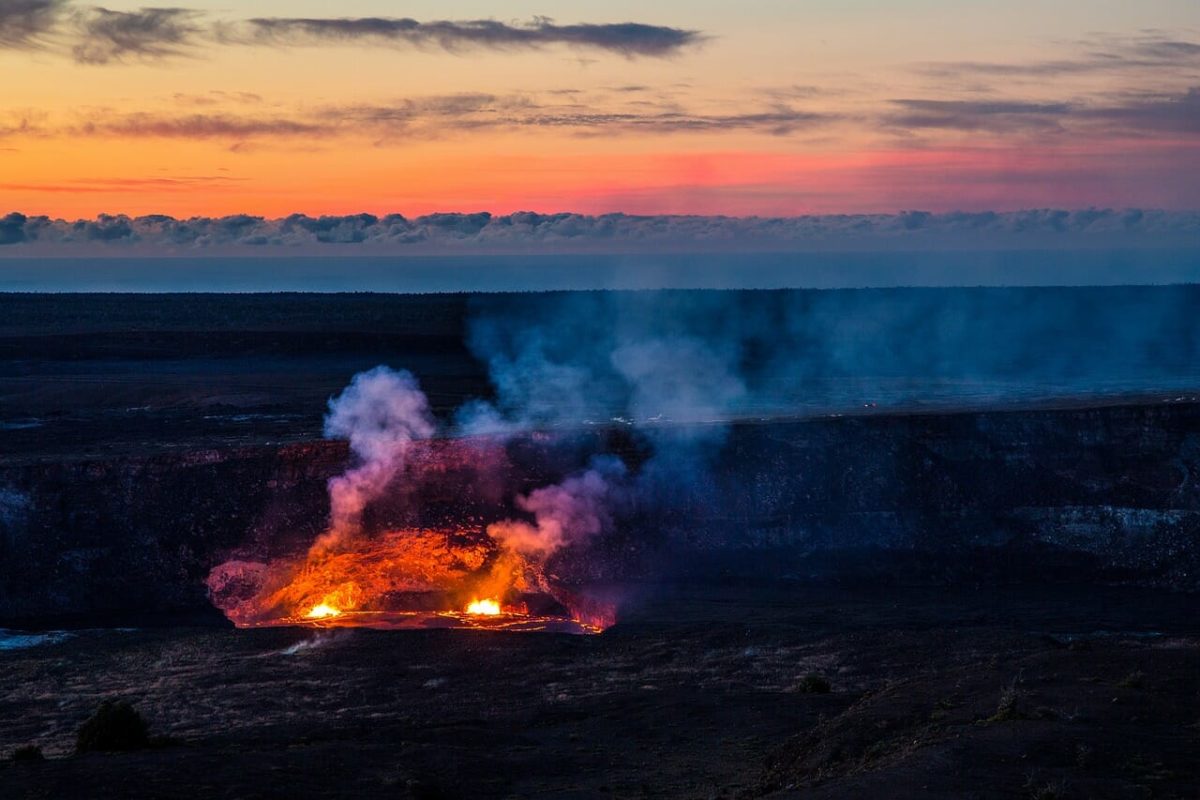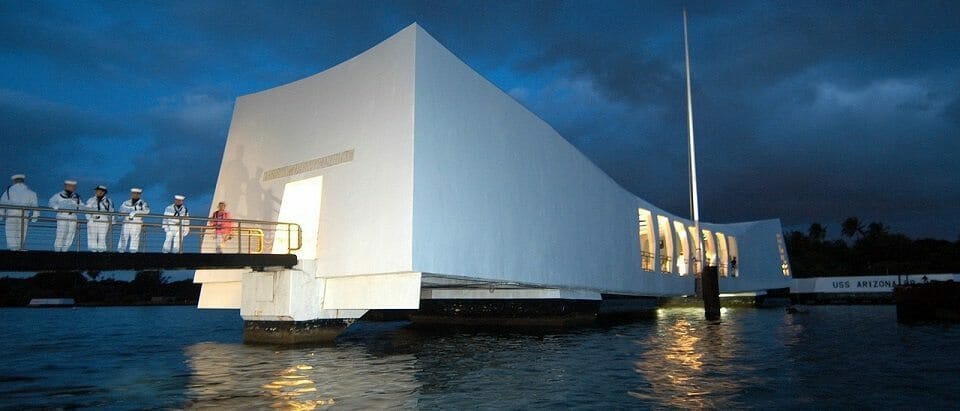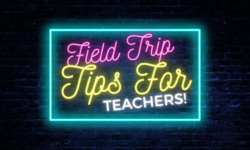Hawaii, with all its glorious beauty, is not usually on lists for educational travel. This is a missed opportunity, in our opinion. Surrounded by wonderfully rich and clear waters, built by continuously working live volcanoes, and settled by a fascinating culture of kingdoms and monarchies. Hawaii has more than a pretty face so why not visit with your student group for an educational trip like no other?
- Hawaii Volcanoes National Park - Big Island - Starting with the big one, Hawaii's volcanoes are its most defining features, quite literally actually. Hawaii Volcanoes National Park plays host to two record-breaking, live volcanoes: Kilauea, one of the most active in the world, and Mauna Loa, one of the most massive subaerial volcanoes. It's not every day you get the chance to visit an active volcano as it oozes hot lava. You can definitely take interpretive hiking tours of the park and the many sites, including the volcanoes, historic landmarks, and natural wonders within the park. Look out for the 'I'iwi bird with its bright orange plumage, black wings, and curved beak as they're well known in the area and beautiful to behold.

Hawaii Volcanoes National Park Public Domain Pixabay
- Kalaupapa National Historical Park - Molokai - From 1866 until 1969, people diagnosed with Hansen's Disease, otherwise known as leprosy, were ostracized and quarantined. Those living in the Hawaiian islands, upwards of 8,000 people, were sent to confinement on Molokai, at Kalaupapa and Kalawao. Everyone diagnosed with leprosy, from pastors to farmers to children and even Hawaiian royalty were sent to these outer reaches away from family and simple comforts. The park is now a reminder of a darker time and of the people who paid a high price to keep their families in full health. The National Parks Service welcome people to visit and learn the facts about this enlightening place, to visit the buildings and churches and homes built for the leprosy patients, and see the sunrise over the ocean as they would have seen it and felt hopeful.
- Pearl Harbor - Oahu - Pearl Harbor is, of course, one of the main attractions in Hawaii, frequented by anyone who wishes to pay respects to the men and women who lost their lives in the attack. Learn more about Japan's attack on the Pearl Harbor naval base in 1941 by visiting the USS Arizona Memorial as it floats over the remains of the historic sunken battleship. There are a documentary film and self-guided tour of the memorial but, at the park, you can also visit the USS Missouri on which the Americans received Japanese surrender, the USS Bowfin Submarine Museum and Park, the USS Oklahoma Memorial, and also the Pacific Aviation Museum.

Pearl Harbor Memorial Public Domain Pixabay
- Hanauma Bay Nature Preserve - Oahu - We've written about the Hanauma Bay Nature Preserve before, for its stunning views and wonderfully wildlife-rich waters perfect for snorkeling. We have, however, skimmed over the conservation efforts that have been taken to bring the once degraded Bay back to its full potential and natural conditions. For years, the area was seriously neglected and even sometimes purposefully damaged (they used dynamite to clear out parts of the reef to make room for phone lines in 1956). In 1990, officials wised up to the beach's overuse and polluted conditions and finally decided to take action. Now there are, in addition to scientific efforts, rules contingent upon visitors. To enter the nature preserve, you must first visit the Marine Education Center and watch a short film on the area's conservation, to understand the seriousness of the situation. Only then can you enter and explore the richness of Hawaiian nature.
- Pu`uhonua o Honaunau National Historical Park - Big Island - This 420-acre park is fascinating, a recreated "City of Refuge" where, until the 19th century, people who broke laws requiring capital punishment would flee for refuge. There, the criminal could be absolved by a priest and would be able to leave freely. Not only for criminals, the City of Refuge was also a safe haven in times of war for warriors who had been bested and those who were not fighting. Archaeological efforts have uncovered temple ruins and platforms, village sites, a great wall enclosing the main area, and Hale O Keawe temple which was reconstructed. Not only can you tour the park and see the buildings as they would have looked to a person seeking refuge but you can also watch live cultural demonstrators as they tell stories and do traditional craft skills.
- Old Koloa Town - Kauai - Along the phenomenal South Shore scenery of Poipu you'll find Hawaii's first sugar mill plantation, established in 1835. The founding of this single mill set the course for Hawaiian agriculture, sugar production, and subsequent trade as well as the many immigrants who came to the islands for prosperous work. While the area is more modernized, your group can still enjoy walking through the old part of town and visiting the many shops before heading out on the Koloa Heritage Trail to Poipu which includes 14 historic landmarks and sites. In July, the Koloa Plantation Days Celebration is held and the area commemorates the rich sugar-filled past. *The ice cream shop in Old Koloa is supposed to be phenomenal and of an old recipe.





